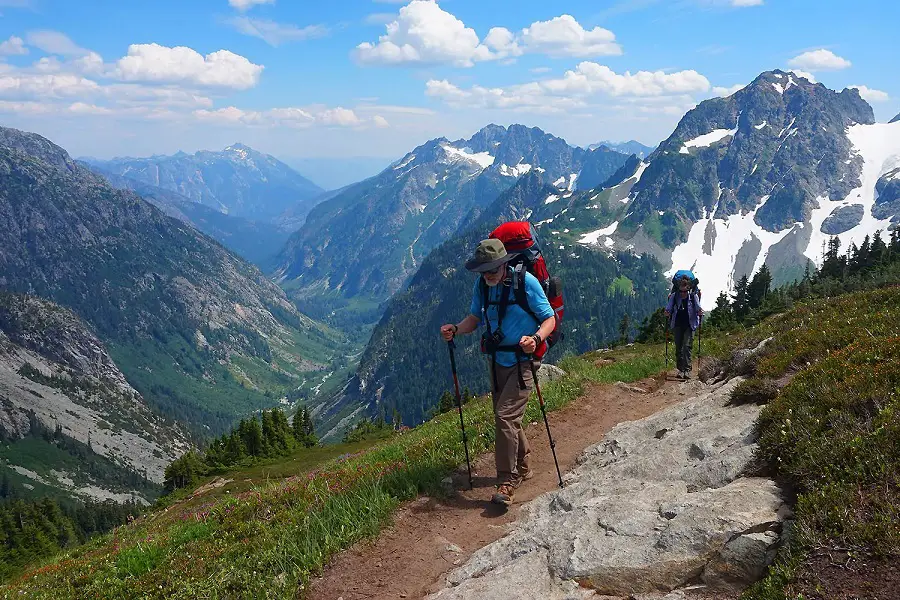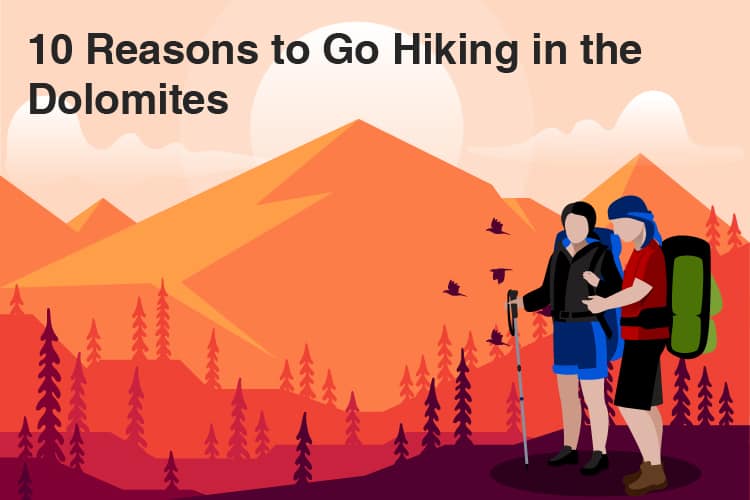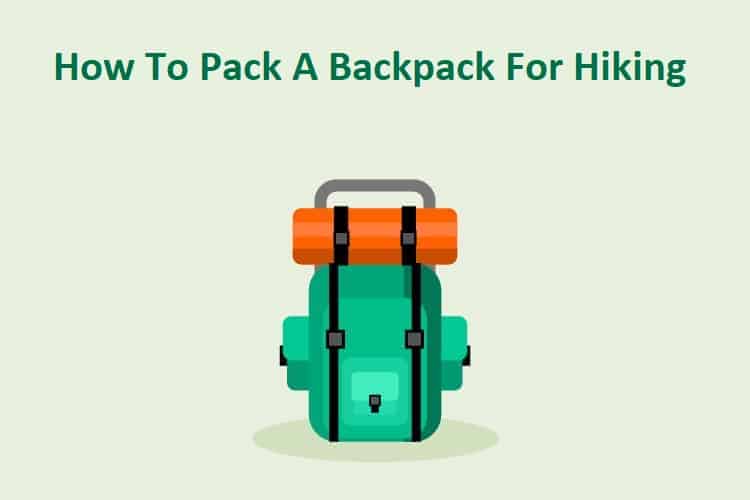Are you an avid adventurer, always seeking new experiences? Do you love being in the great outdoors and exploring nature?
If so, then you must have come across the terms hiking and trekking. While they may seem similar, there are differences between the two that set them apart.
Hiking and trekking are both popular outdoor activities that involve walking in natural landscapes, but they differ in terms of difficulty, duration, and equipment.
While hiking generally refers to shorter, less strenuous walks on well-marked trails, trekking involves longer, more challenging journeys across rugged terrain.
Hiking vs Trekking: Definition
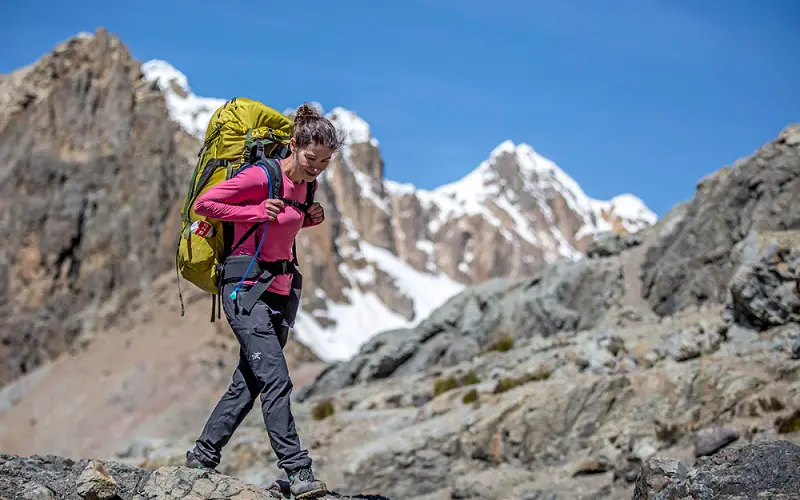
Hiking vs trekking: two different activities that share many similarities but also have some key differences.
Hiking is often seen as a leisurely activity along well-maintained footpaths through natural environments. In contrast, trekking involves long distances over rugged terrain over multiple days.
Trekking requires specialized gear such as sleeping bags and tents for camping overnight while carrying everything in a backpack. It’s important to plan carefully before embarking on multi-day treks to ensure you have everything you need.
Whether you’re going on a day hike or tackling an arduous journey like thru-hiking the Appalachian Trail or climbing Everest Base Camp in Nepal.
Having the right gear (backpacks), snacks (calories), compasses (direction), first aid kits (safety), and lightweight sleeping bags (comfort) for the weather conditions will make all the difference.
Differences Between Hiking And Trekking

There are key differences between hiking vs trekking. Hiking is a leisurely walk on established trails or paths that can be accomplished without any specialized equipment.
In contrast, trekking requires more physical endurance and stamina as it involves longer journeys that often require carrying tents, sleeping bags, and cooking equipment.
Hiking is a relaxing walk on designated paths, often completed in one day. Trekking involves multi-day hikes over demanding terrain and requires camping gear.
Hiking is accessible to most fitness levels, while trekking demands higher physical conditioning. Both provide chances to experience nature and beautiful landscapes.
The duration of these activities also differs greatly. Hiking usually takes only a day trip, while trekking spans multiple days with challenging terrain that requires carrying all necessary gear.
Trekking also takes place on rougher terrain compared to hiking, which follows established footpaths.
Despite their differences, both activities offer adventurers numerous opportunities to explore nature’s beauty and take in scenic views across the globe.
For beginners starting out with either activity, a daypack should suffice for shorter hikes, while backpacking gear will be required for longer treks.
Benefits of Hiking And Trekking
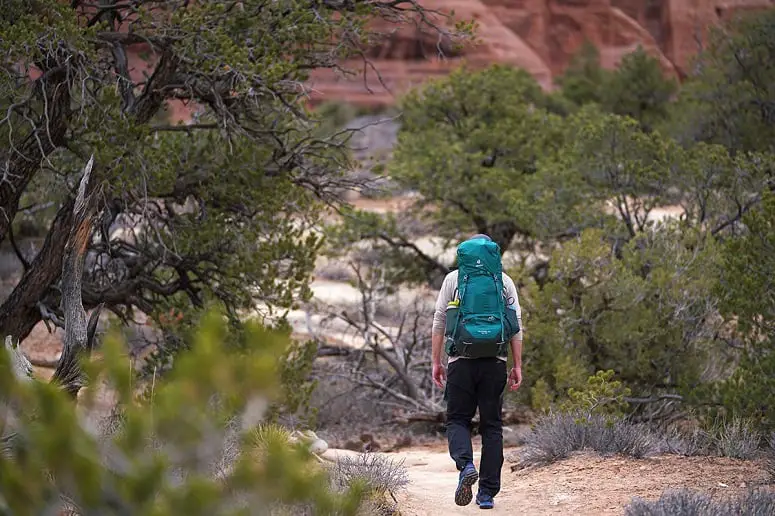
Hiking and trekking are different activities that provide unique experiences in the great outdoors.
- Physical fitness
- Weight management
- Mental well-being
- Joint and bone health
- Cardiovascular health
- Vitamin D production
- Connection with nature
While both allow you to connect with nature and improve physical fitness, they have some key differences to keep in mind.
Hiking is typically a leisurely walk on established trails or footpaths that can be completed in a day with just a daypack for supplies.
Trekking, however, involves longer distances and more difficult terrain that may require camping gear like a sleeping bag and backpack.
Trekking also offers the chance to explore new areas and specific destinations like glaciers or waterfalls that may not be accessible through hiking trails alone.
It’s important to note that trekking requires good physical conditioning due to the longer distances and rugged terrain involved.
Hikers should also carry essential equipment like a first aid kit, compass, snacks, a water bottle, sunscreen, and appropriate clothing for changing weather conditions.
In summary, while hiking allows you to enjoy an outdoor activity at your own pace and level of difficulty through established trails or footpaths, trekking offers adventurers the opportunity to challenge themselves physically as they explore new areas with different terrains over longer distances.
Hiking vs Trekking: Duration
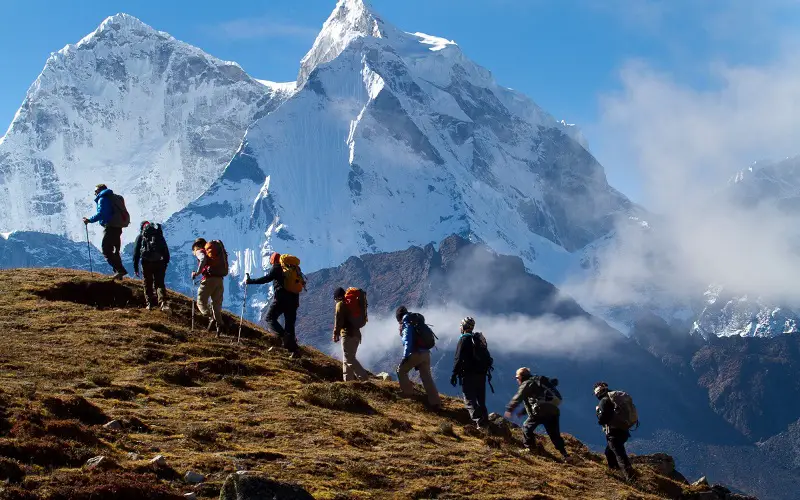
The duration is an essential factor when differentiating hiking vs trekking.
Hiking usually involves covering short distances on well-established hiking trails that could last for a couple of hours or even up to a day, depending on the region’s footpaths and natural environment.
In contrast, trekking is considered more arduous than hiking as it mainly involves carrying a backpack loaded with essentials such as sleeping bags, a first aid kit, a compass, snacks, water bottles, sunscreen, and sometimes a tent for camping overnight; it caters to longer distances over multi-day treks across difficult terrains.
Trekking enthusiasts generally plan this activity well ahead of time since they have specific destinations in mind, such as Everest Base Camp in Nepal or the glaciers in Peru.
Adventurers who are into thru-hiking (covering long distances) should always prepare themselves physically and mentally for any potential weather conditions that they might encounter during their journey.
Equipment Difference
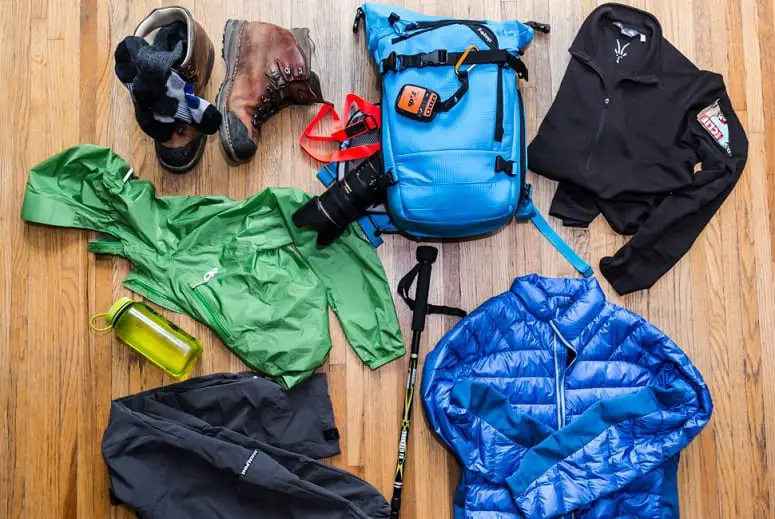
When it comes to comparing hiking vs trekking activities based on equipment requirements, they differ slightly.
While hiking requires lighter and more versatile gear, such as comfortable shoes with good grip to explore the local footpaths or trails nearby with a backpack consisting of snacks and water bottles for hydration purposes.
Trekking demands you to be better equipped with specialized gear, like ice axes or crampons to cover long distances through rugged terrain.
You need to carry heavyweight backpacks containing sleeping bags and tents for camping during multi-day trips in different natural environments around specific destinations.
It’s important to prepare properly with appropriate gear regardless of whether you choose to hike or trek.
Final Word: Which is Best?
Choosing between hiking and trekking depends on individual preferences and abilities.
Hiking is less intense and typically follows marked trails, while trekking involves longer distances and tougher terrain.
The ideal choice is the one that permits you to relish nature while pushing yourself within your limits.
Hiking and trekking are both great ways to explore the outdoors and enjoy nature.
If you’re looking for a quick day trip or a leisurely stroll, hiking might be the better option. If you’re up for a more challenging multi-day adventure, trekking might be right up your alley.
Resources:


